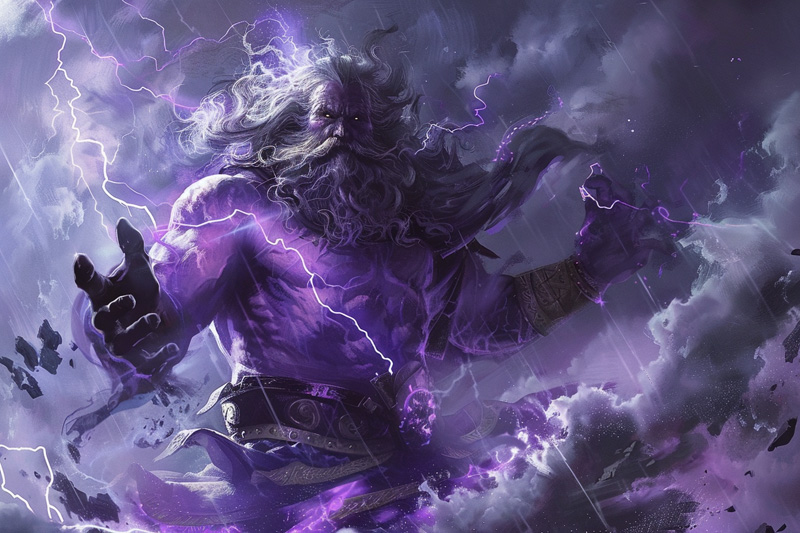KidZone Geography: Greek Mythology
About Hera, Queen of the Gods
Introduction to Hera
Hera, the queen of the gods in ancient Greek mythology, is the goddess of marriage, women, childbirth, and family. As the wife of Zeus, she holds a powerful and influential position on Mount Olympus. Hera is often depicted as a regal woman, wearing a crown and holding a scepter. She is known for her beauty, but also for her jealousy and vengeful nature, especially towards Zeus's lovers and illegitimate offspring.
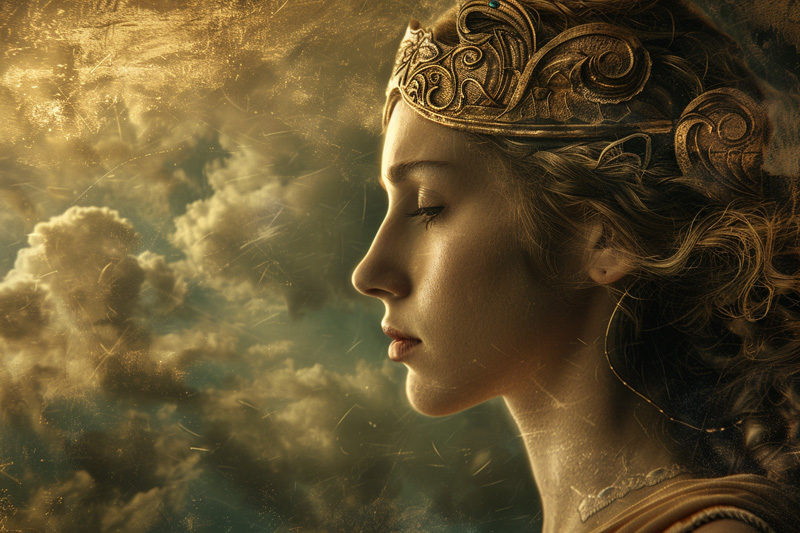
Quick Facts About Hera
What is Hera the Greek goddess of?
Hera is the Greek goddess of marriage, women, childbirth, and family. She is often seen as the protector of married women and presides over all aspects of matrimonial life.
What are Hera's sacred animals?
Hera's sacred animals include the peacock, the cow, and the lioness. The peacock symbolizes her beauty and pride, the cow represents her nurturing aspects, and the lioness signifies her strength and protectiveness.
What are Hera's symbols?
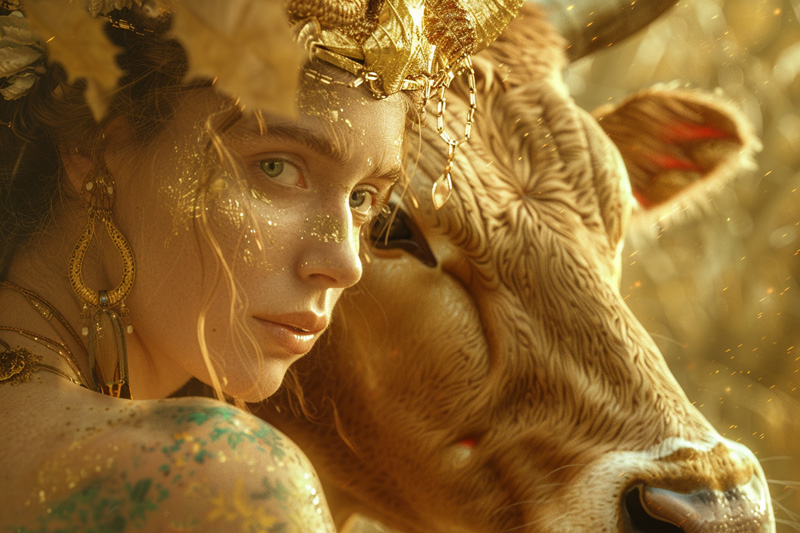
Hera's primary symbols are the peacock, the cow, and the pomegranate. The peacock symbolizes her regal beauty, the cow her maternal nature, and the pomegranate is associated with fertility and marriage.
Origins and Birth
The Titanomachy
Hera was born to the Titans Cronus and Rhea, making her a sibling to Zeus, Poseidon, Hades, Demeter, and Hestia. Like her siblings, Hera was swallowed at birth by Cronus, who feared a prophecy that one of his children would overthrow him. She was later rescued by Zeus, and the siblings joined forces to overthrow Cronus and the Titans in the war known as the Titanomachy.
Hera's Marriage to Zeus
Hera's marriage to Zeus is a central aspect of her mythology. Despite the tumultuous nature of their relationship, Hera is often depicted as the dutiful wife, though her jealousy towards Zeus's numerous lovers and offspring is a recurring theme in many myths. Their union represents the ideal of matrimonial harmony and fidelity, though it is frequently tested by Zeus's infidelities.
Hera's Role in Greek Mythology
Queen of the Gods
As the queen of the gods, Hera's primary role is to preside over marriage and childbirth. She is a protector of married women and a symbol of the sanctity of marriage. Her influence extends to all aspects of matrimonial life, from the wedding ceremony to the well-being of children.
Goddess of Women and Family
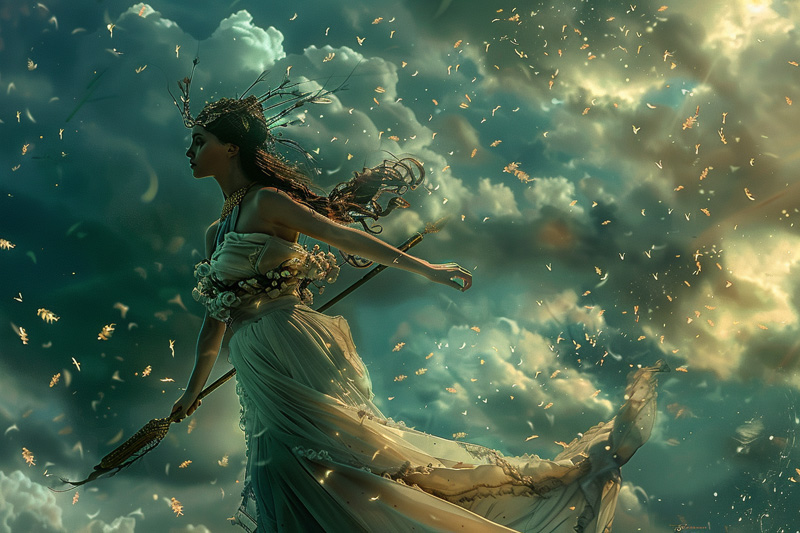
Hera is also revered as the goddess of women and family. She is seen as a nurturing figure who watches over households and ensures the prosperity and happiness of families. Despite her often vengeful nature, Hera's protective and caring aspects are essential to her character.
Iconography and Symbols
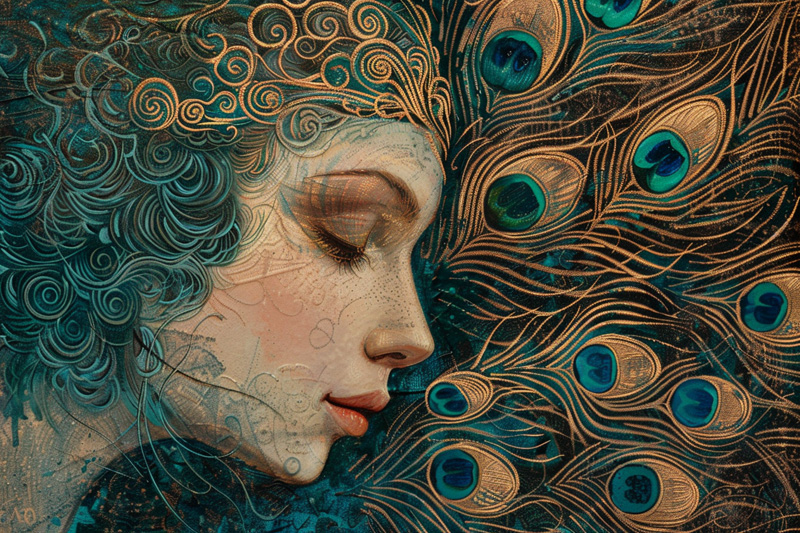
The Peacock
The peacock is Hera's most recognizable symbol, representing her beauty and regal nature. According to myth, the eyes on the peacock's feathers symbolize Argus, Hera's loyal servant, whom she placed in the feathers after his death.
The Cow
The cow is another significant symbol of Hera, representing her nurturing and maternal aspects. Cows were often sacrificed in her honor, and she was sometimes referred to as "cow-eyed" in ancient texts, highlighting her large, beautiful eyes.
The Lioness
The lioness signifies Hera's strength and protectiveness. It symbolizes her fierce nature as a guardian of marriage and family.
The Pomegranate
The pomegranate is closely associated with Hera as a symbol of fertility and marriage. This fruit represents the cycles of life and death, as well as the continuity of family lineage.
Major Myths Involving Hera
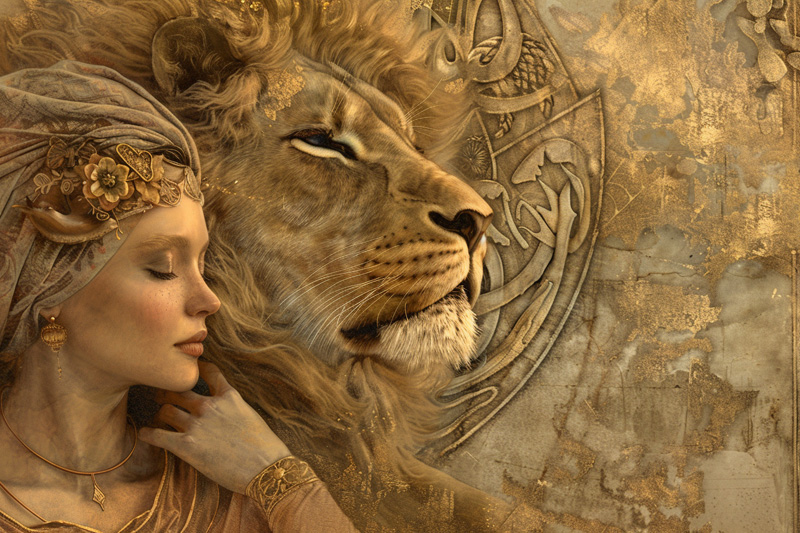
The Quest for the Golden Fleece
Hera plays a significant role in the myth of Jason and the Argonauts' quest for the Golden Fleece. As a protector of Jason, she aids him in his journey by providing guidance and assistance, demonstrating her ability to support heroes who earn her favor.
The Birth of Hephaestus
Hephaestus, the god of fire and craftsmanship, is often considered Hera's son. According to myth, Hera bore Hephaestus alone, without Zeus's involvement, in retaliation for Zeus birthing Athena. Displeased with Hephaestus's deformity, she cast him out of Olympus, though he later returned and became the divine blacksmith.
The Wrath Against Heracles
Hera is perhaps most famously known for her relentless persecution of Heracles, Zeus's son by the mortal woman Alcmene. Her hatred for Heracles stems from Zeus's infidelity, and she goes to great lengths to make his life difficult, including driving him to madness and causing him to perform the Twelve Labors.
Hera's Relationships and Offspring
Marriage to Zeus
Hera's marriage to Zeus is complex and filled with conflict due to Zeus's numerous affairs. Despite these challenges, Hera remains a central figure in the Olympian family, often asserting her authority and influence in the divine realm.
Divine Offspring
Hera's divine children include Ares, the god of war; Hebe, the goddess of youth; Eileithyia, the goddess of childbirth; and Hephaestus, the god of fire and craftsmanship. Each of her children plays significant roles in various myths and the pantheon of Greek gods.
Worship and Cult of Hera
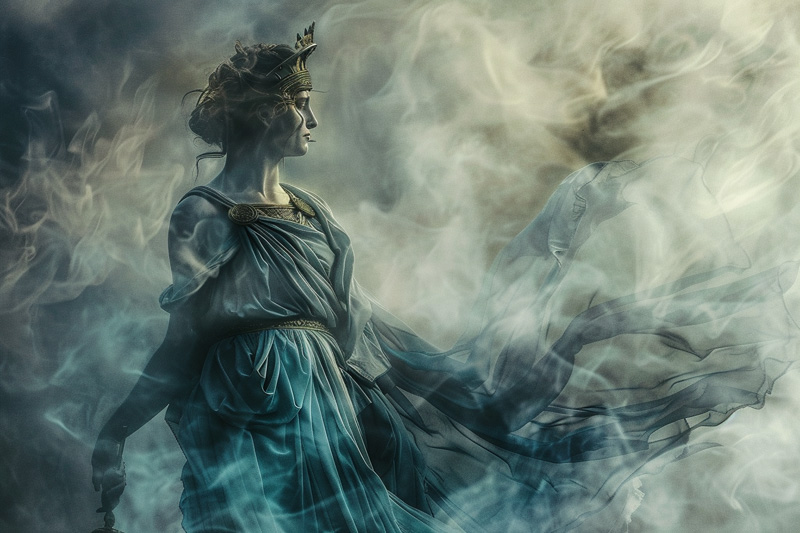
Temples and Sanctuaries
Hera was worshipped extensively throughout ancient Greece, with many temples and sanctuaries dedicated to her. The most famous of these is the Heraion of Samos, one of the earliest and largest temples dedicated to her. Another significant site is the Heraion of Argos, which was a major center of her worship and one of the oldest sanctuaries in Greece.
Festivals and Rituals
Several festivals celebrated Hera's role as the goddess of marriage and childbirth. The most notable of these is the Heraia, held in various cities, including Argos and Olympia. These festivals often included athletic competitions, processions, and sacrifices in her honor.
Hera in Art and Literature
Classical Depictions
In classical art, Hera is often depicted as a regal, matronly figure wearing a crown and holding a scepter. These representations emphasize her status as the queen of the gods and her association with marriage and family.
Renaissance and Beyond
During the Renaissance, artists like Peter Paul Rubens and Giulio Romano drew inspiration from classical depictions of Hera, incorporating her into their works. Rubens' paintings often portrayed Hera (Juno in Roman mythology) in dramatic and dynamic scenes, reflecting her powerful and sometimes vengeful nature.
Modern Interpretations
In modern times, Hera continues to be a prominent figure in literature, film, and popular culture. She appears in various forms, from comic books and movies to television series and video games. These contemporary portrayals often explore different aspects of her character, from her strength and dignity to her jealousy and vindictiveness. In the Percy Jackson series, for example, Hera is depicted as a complex and multifaceted goddess, reflecting modern interpretations of her myth.
Conclusion
Hera remains one of the most compelling figures in Greek mythology. Her role as the goddess of marriage, women, childbirth, and family, combined with her complex personality and significant myths, make her a fascinating character. As the queen of the gods, Hera's influence extends across the divine and mortal realms, ensuring the sanctity of marriage and the prosperity of families. Her enduring influence can be seen in the continued fascination with her myths and the artistic representations that keep her legend alive. Through her worship, iconography, and the rich tapestry of stories that surround her, Hera exemplifies the grandeur and complexity of ancient Greek religion and mythology.
